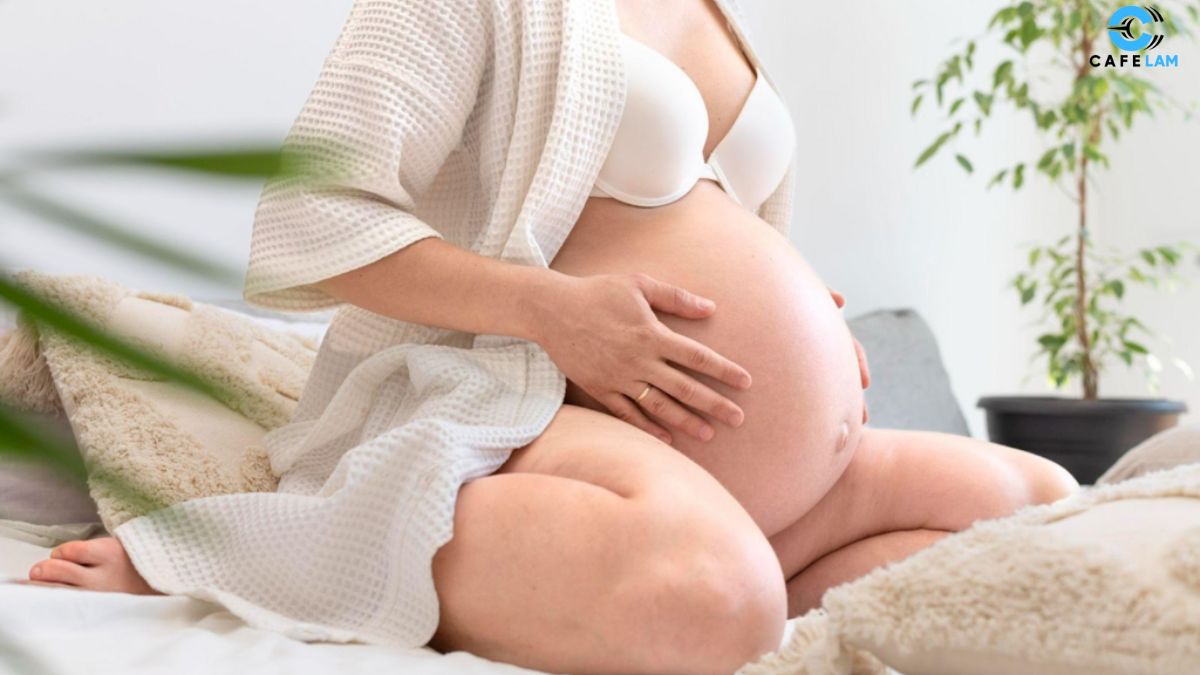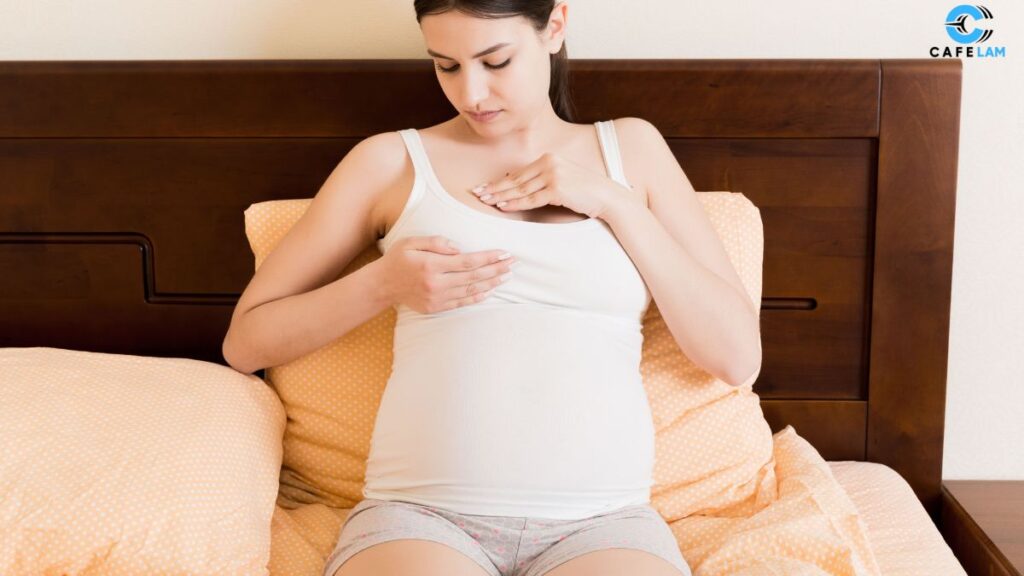Pregnancy is a huge change, and for a lot of women, it is seen most significant change in the breasts Cup Sizes. The body getting ready for feeding through the breast is a great sign, brought along with the breast, increased sensitivity, swelling, and eventual growth. If you were ever curious, how much the cup size increases during pregnancy, the response is that it depends, but knowing the changes can make the experience much easier to get through.
The author explores the anatomical changes in a woman’s breasts during pregnancy, elaborates on the different factors that lead to these changes, and provides the helpful suggestion of wearing the right maternity and nursing bra.
Understanding How Pregnancy Affects Breast Size
From the first weeks of pregnancy, the body undergoes hormonal changes that begin to affect the breasts. One of the reasons for the swelling and tenderness is increased blood flow that is increased. Besides that the so called hormonal changes bring in the same period the glandular tissue and the milk ducts to grow.
This mechanism in the body is designed to make the breasts capable of milk production and feeding the baby after delivery. Because of this, many women will see a progression of their bra size as well as cup size during pregnancy.

When Breast Growth Typically Begins
Breast change is one of the initial symptoms that many women relate to pregnancy. In the first 3 months of pregnancy, the breasts are tender and there is a feeling of being full, even though no change in size can be seen. As the breast tissue gets to develops, the changes of the actual size generally become more visible in the second trimester.
The majority of the enlargement has occurred by the third trimester; however, some women may experience further changes until giving birth.
Common Changes in Cup Size for Most Women
So, what is the average number of cup sizes that breast size changes during pregnancy? The data and firsthand reports from women tell that:
-
The majority of women raise their breast size from one to two cup sizes at the 9th month of pregnancy.
-
A few women can get three or even more breast sizes to increase if they initially had small breasts and they had a significant milk production preparation process.
-
A small portion may also have their breasts unchanged during pregnancy.
Everyone’s body reacts differently, and much of how big your breasts will be depends on your genes, hormones, and body type.

Factors That Influence How Much Your Breasts Grow
For breast development, pregnancy is not the same for every woman. The changes in the degree can be influenced by several factors, such as:
-
Genes: Your family’s health history can predict how your body will react.
-
Size of the breasts before pregnancy: A woman with smaller breasts may find that her breasts get bigger, whereas a woman with bigger breasts may get only a slight increase in size.
-
Number of pregnancies: A first-time mother usually experiences a more significant growth of breasts than in the following pregnancies.
-
Changing of hormones: Each pregnancy is different, and the levels of hormones vary between women.
These factors, if understood properly, can help you to anticipate the course of your pregnancy with a great deal of confidence.
How to Measure Cup Size Changes During Pregnancy
Being aware of your breast changes is really essential if you want to be comfortable and feel supported. In case you want to take your measurements yourself, you will need a soft measuring tape and a mirror:
-
Measure your band size: Put the tape around your rib cage, just under your breasts, and although it should be snug, it is not supposed to be tight. Then, round it to the nearest whole number.
-
Measure your bust size: The tape should go around the fullest part of your breasts and make sure it is at the same level as your back.
-
Figure out your cup size: Take the band size off from the bust measurement. Every inch difference stands for one cup size (1” = A, 2” = B, 3” = C, etc.).
It is advised to measure again every few months, as your breasts may be growing and changing during pregnancy.
What to Expect Postpartum and During Nursing
Breast changes aren’t over after giving birth. Actually, the period after childbirth is a time of extensive changes in the breasts:
-
Immediately after birth, Breasts are usually packed with milk, causing them to be temporarily larger than usual.
-
During nursing, Breasts might vary in daily size, and this depends on the feeding or pumping routine.
-
After weaning, Breasts generally become smaller, and sometimes they even get back their pre-pregnancy size, though their shape or firmness may be different.
Since the changes, a good nursing bra that can adjust to the fluctuations of breasts is necessary not only for comfort but also for the health of the breasts.
Choosing the Right Maternity and Nursing Bras
A developing bust requires adequate support. Standard bras normally lack the necessary support during pregnancy; thus, maternity and nursing bras are simply a must. Here’s what to consider:
-
Elastic material: Keeps on growing without feeling tight.
-
Broad straps and strong bands: Take the load off the shoulder and back area.
-
Non-wire designs are more comfortable when there is tenderness or engorgement.
-
Fold down cups or clip openings: Facilitate feeding the baby after giving birth.
-
Several hook closures: As the ribs grow during pregnancy, you can adjust them to fit.
It is better to buy two or three nursing or maternity bras so you are always ready for your body changes.
When to Re-Measure as Your Body Changes
Breast development is a multi-stage process, so a single measurement is not sufficient. You should check your size again during these stages:
-
Second trimester: Starting point when the growth becomes steady.
-
Third trimester: For lactation and after delivery.
-
Postpartum: When milk production has normalized, about 6-8 weeks after giving birth.
Re-measuring at these times helps ensure your bras fit correctly and provide the support you need, reducing discomfort and preventing long-term issues like back pain or poor posture.
Conclusion
Pregnancy is a wonderful journey, breast changes being just a few of the many changes that your body makes. Most women, in fact, most women tend to enlarge their cup size by one or two sizes during pregnancy; nevertheless, the exact amount can differ quite a lot due to the hereditary, hormonal, and lifestyle factors.
By the method of repeated measuring and investing your money on comfortable and well-designed maternity and nursing bras, you are able to provide your body with the required support both for pregnancy and after giving birth. The trick is flexibility – using bras that match your changing size will not only make you feel comfortable and supported but also keep you available for the next stage of motherhood.







